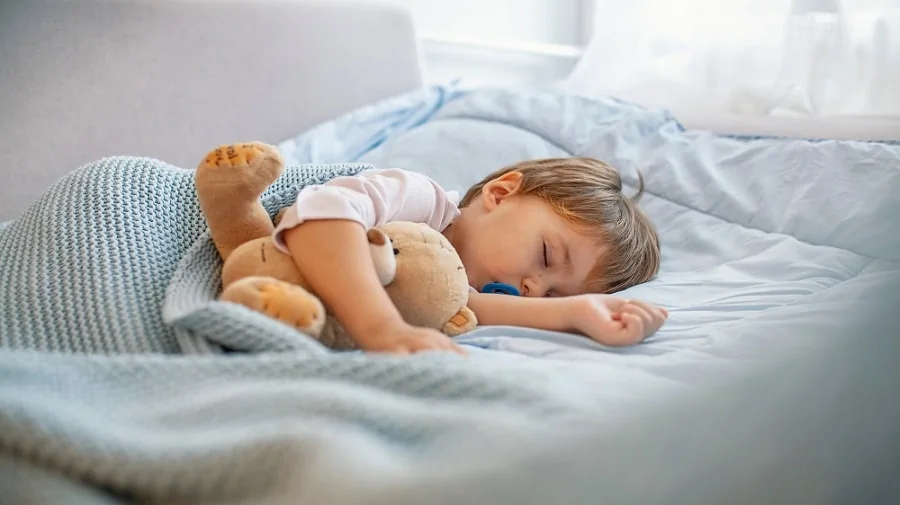
With the best sleep trainer, you and your baby can enjoy a good night’s sleep.
The happy cheerful face of your child is undoubtedly fantastic! But is your early bird up before the rooster crows? There is a good chance that you will then be obliged to listen in with him and wish that his sweet face will show himself later in the morning from now on. The best baby sleep trainer will help you with this!
A sleep trainer teaches you to sleep in early. And that’s good for the night’s sleep of both of you!
To help you make the right choice for you and your child, in this article you will find a buying guide and the top five best sleep trainers in 2023.
Sleep trainer buying guide: How to choose the best sleep trainer
A sleep trainer, also known as a sleep alarm clock, is a special children’s alarm clock. A sleep trainer is a kind of alarm clock for children who have not yet mastered the art of telling the time.
Children do not yet have a sense of time and are therefore not able to determine on the basis of the time whether they can get out of bed or whether it is better to sleep a little longer.
Fortunately, children from the age of two have sufficient capacity to make connections based on the signals of a sleep trainer.
Colors, lights or other signals let your child know whether it is time to get out of bed. That’s good for his night’s sleep, but also for yours! 😉
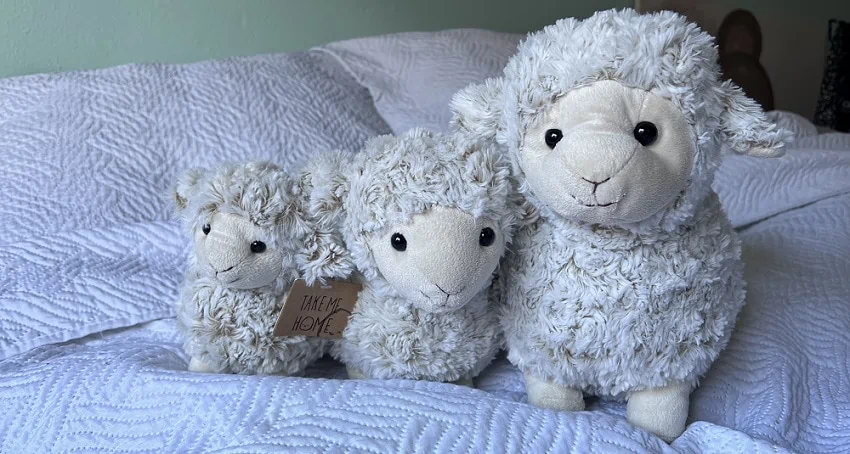
But how does a sleep trainer work, why should you use it and what do you pay attention to when purchasing a sleep trainer? I answer all these questions and more in this buying guide!
Operation of a sleep trainer
Young children are not yet able to look at the clock and read the time from a normal clock.
For example, a child thinks it’s time to get out when it’s light outside or when he or she can’t sleep anymore. It may be that your child wakes you up at five o’clock in the morning, and you like to get some more hours of sleep.
A sleep trainer uses a visual change to indicate when it’s not time to get out of bed, when it is, and in some cases when it’s almost time.
You set the time when the visual change of the clock takes place. You can read more about the best times to do this and how to use the sleep trainer in the buying guide. 👀
There are different types of sleep trainers available. Many trainers have a clock or figure that has its eyes open or closed. Other trainers also use a light that turns on or off or changes color.
Why use a sleep trainer?
A sleep trainer is especially useful when your child is an early bird. In that case, you use the sleep trainer to teach him to sleep longer and/or to stay in bed. This results in a better night’s sleep for your child and the other residents.
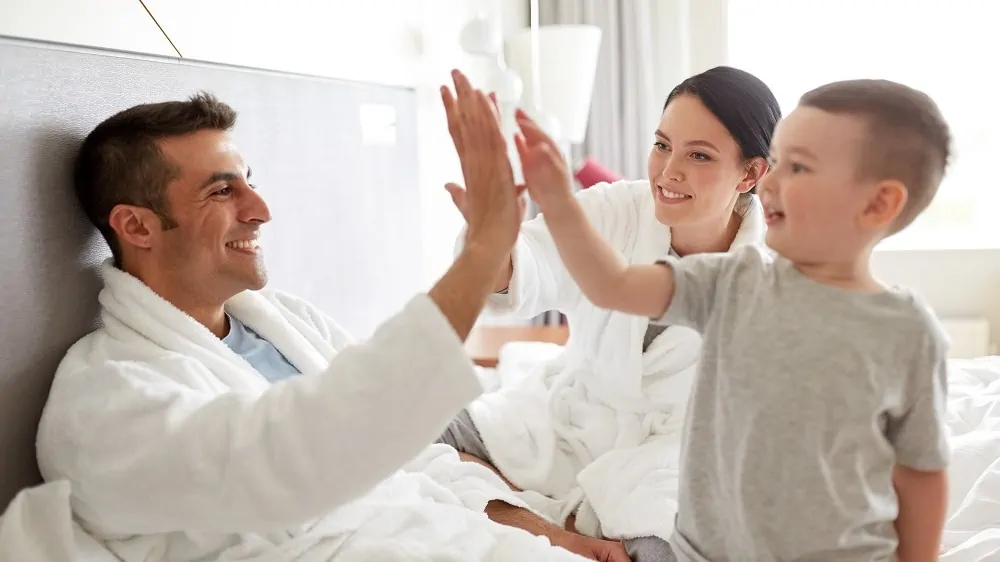
A sleep trainer can also be used to create a sleep rhythm for children who wake up at a different time every day and to guide rest moments or naps.
When the sleep trainer has an alarm clock function, it is also possible to use it as a regular alarm clock for older children, for example.
Use of the sleep trainer
You set a sleep trainer at times and the trainer does the rest, but it is also useful if your child knows what to do with it. To use a sleep trainer with your child, I advise you to proceed as follows:
- Install the sleep trainer together and start low-threshold. Set the trainer around the same time your child usually wakes up. Explain to your child how the sleep trainer works and show it.
- If your night owl is awake before the trainer gives the correct signal, make sure he is quickly back in his bed and point out to him that the trainer is not yet giving the correct signal.
- Let your child lie in his own bed and do not bring him into bed with you. If he’s already at your bedside, bring him back to bed without fuss.
- Does the light come on ? Then go to him and greet him exuberantly and cheerfully, and point out that the trainer is now giving the correct signal. Give him lots of positive feedback.
In this way you ensure that the child gets used to the operation of the trainer and learns to adhere to it. Once he’s used to the sleep trainer, adjust the time about ten minutes later until you reach the desired time.
Visual change
The main task of a sleep trainer is to change the appearance so that the child sees whether it is time to get up or not.
First of all, consider whether you prefer to purchase a sleep trainer with two visual modes or with three visual modes. When the sleep alarm has two positions, one position indicates that it is not yet time to get out and the other if this is the case.
A trainer with three positions has another intermediate position: it is almost time to get out. The best option depends on your personal preference and your child.
The disadvantage of an intermediate position is that some children no longer fall asleep and it requires a lot of patience from your child.
Imagine that a traffic light still has an intermediate position between red and green. If this takes a long time, you may be running out of patience. The same applies to some children, who may still get out of bed too early.
The advantage of such an intermediate position is that they know that they don’t have to sleep any longer, but they still have to enjoy themselves before they come to your room.
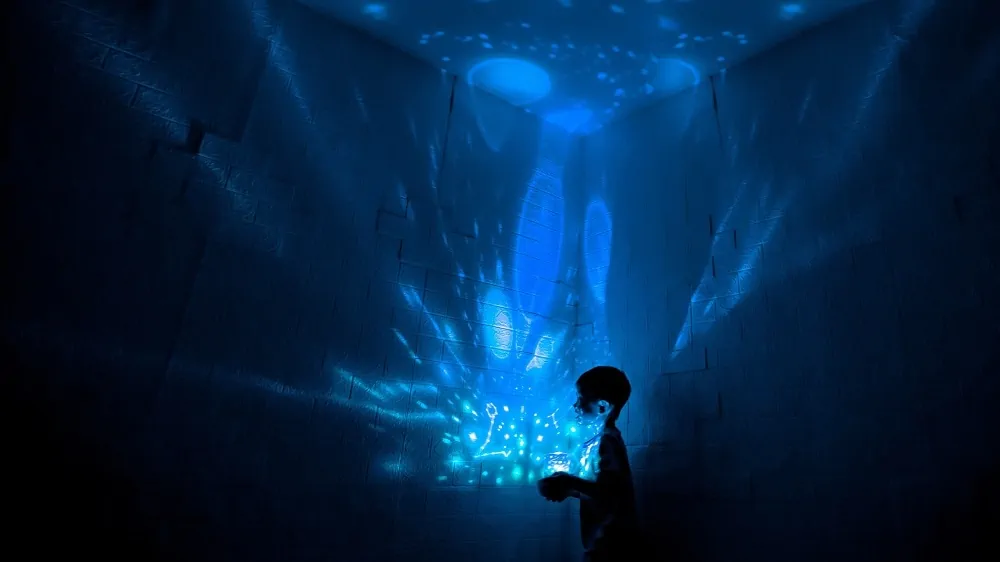
In addition, the visual change is important to pay attention to. The change should be clear and recognizable enough for your child to actually see the difference.
There are sleep trainers that use a combination of. For example, a figure has its eyes closed and shines a red light when it is still too early to get up.
The eyes remain closed and the color changes when it is almost time to come out and the eyes do not open until your baby is actually able to come out.
Note: Pay close attention to the color of any lights on the sleep trainer. The color of the light affects your sleep. Blue and white light have a negative effect on the production of melatonin (the sleep hormone) and red light has a positive effect.
Battery and/or mains adaptor
A sleep trainer works on mains power, battery or a combination of these.
A sleep trainer that you connect to the mains power has the advantage that it is constantly supplied with power. The disadvantage of this is that the placement of the trainer depends on the length of the cord and the sockets in the room.
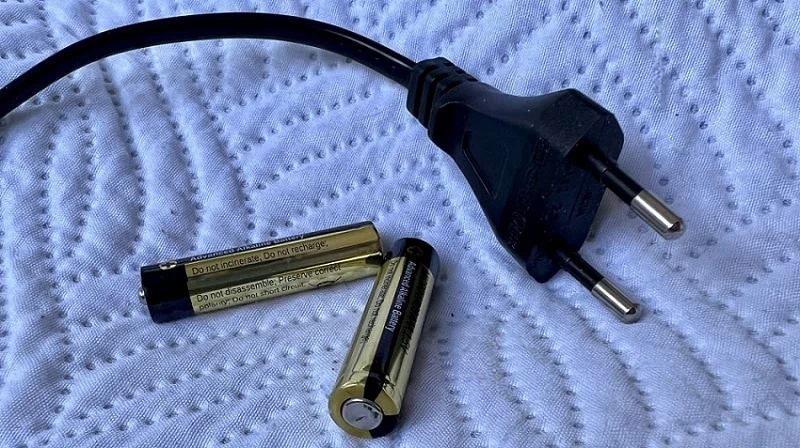
Battery-powered sleep trainers have the advantage that you choose where you place the trainer. The disadvantage is that they run out, and if you do not replace or charge them in time, the trainer will not work.
In many cases, the best option is a combination of a power cord and batteries. This way you have the batteries as a back-up when the power goes out and the power network when the batteries are empty. 👍
With or without night light
Most sleep trainers come with a night light, but it is advisable to check this beforehand. Not only do some children need a light at night, it also adds to the functionality of the trainer.
If the lamp is not lit during the sleeping period, the child may wake up and become confused, as he will not receive a visual signal whether he can get out of bed or not.
A child can also experience a night light as disturbing. In that case it is important that the night light can also be turned off.
Dimming function
Both with the light of the signal and the night light, it is nice if the light is dimmable. This is how you set the ideal brightness for your child: visible, but not disturbing.
If the trainer has a lamp, but is not dimmable, pay attention to the number of lumens. The higher this is, the brighter the light.
Most sleep trainer lights have between 10 and 20 lumens per light point, which is fine in most cases.
Alarm clock function
You usually use a sleep trainer to ensure that your child does not wake up too early, but there are also trainers with an alarm clock function.
You can use this function in several cases. When you create a rhythm for your child, it is important that he does not get out of bed too early, but also not too late.
It is also useful when your child is older and goes to school. You then use the sleep trainer as a regular alarm clock. A sleep trainer with an alarm clock is future proof. Just make sure the alarm clock is clear and pleasant .
Sleep aid
In addition to indicating whether it is time to get up, there are also sleep trainers with sleep aids. You use this to let your baby fall asleep.
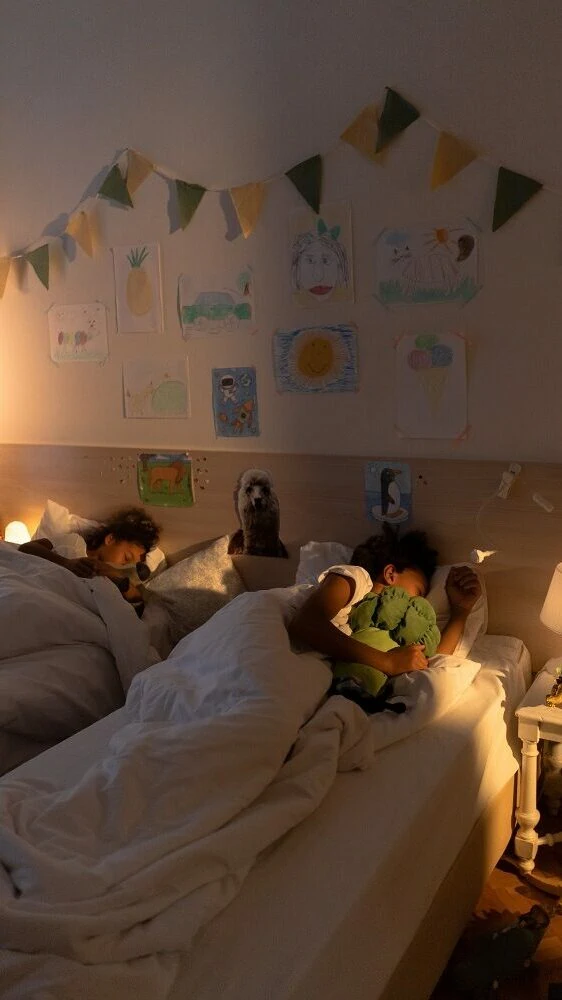
These also work with visual changes, but in reverse. For example, first eyes open and then eyes closed or first the ‘wake-up light’ and then the ‘sleeping light’. Some even work with lullabies . 🎶
In addition, there are sleep trainers that have a sound function in which the sleep trainer plays white noise or other soothing sounds.
This blocks outside noises. Your child can experience this as nicer and more soothing than the silence of the environment.
Bluetooth
Some sleep trainers with an alarm clock function or sleep aid work with Bluetooth. As a result, you are not stuck with the pre-programmed alarm clock tunes and lullabies, but you choose the songs and tunes yourself. You can do this from your smartphone or tablet.
Energy consumption
A device that you use every day would rather be energy efficient than an energy guzzler, don’t you think? 😅
Fortunately, most sleep trainers are very energy efficient, but despite that I advise you to pay attention to the energy label, so that you can fall asleep with peace of mind.

Design and construction
When children are young and still exploring the world, they sometimes knock over something. Especially if there is a nice device every day that tells them all kinds of things, that device runs the risk of falling on the floor. 💥
To ensure that the trainer does not simply break down as a result , it is important that it can take a beating. The construction is therefore better more robust and made of strong material, and a bumper wouldn’t hurt either.
The design of a sleep trainer is just as important. If you buy a sleep trainer with the intention of using it as an alarm clock in the future, it is so handy that the design still fits the wishes of your child.
The design is perhaps even more important for the introduction of the sleep trainer to your child. There is a good chance that your child is much more interested in a fun interactive figure than a neutral and boring device.
Additional purchase criteria
The main buying criteria are listed above. In addition, there are a few things I mentioned above that may be reflected in the description of some sleep trainers. 👇
IP value
You don’t just come across a waterproof sleep trainer. If all goes well, it won’t be wet in your child’s room either. You do occasionally come across a dust-tight sleep trainer.
It is not necessarily necessary, since a cloud of dust in your child’s room is not desirable, but since the trainer is more likely to end up in a dusty environment than under water, it is a nice extra if the trainer is somewhat dust-proof.
If the trainer is waterproof or dustproof, you can see this from the IP value. This consists of two digits, the first of which stands for dust resistance and the second for water resistance. The higher the number, the better the density of the product.
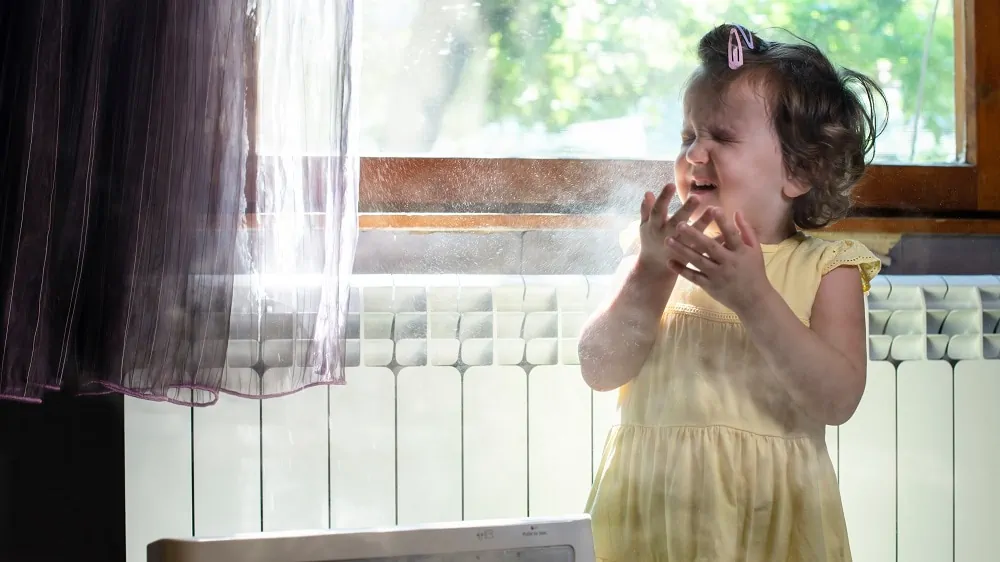
Beam angle
It sometimes happens that a beam angle is indicated on a sleep trainer. This is about the trainer’s lamp and the angle in which the light shines.
If this angle is small, the light from certain places in the room is less visible, but usually this angle is more than sufficient. I don’t think you intend to put the sleep trainer with the back towards your child. 😝
More tips for users
I would like to give you some extra tips to get the most out of using a sleep trainer:
- Place the sleep trainer in a suitable place. Place it so that it is clearly visible to your child, but your child cannot reach it to prevent him from fiddling with the buttons.
- Work with a reward system, especially in the beginning. A sleep trainer only works if your child cooperates. Especially if your child has already created its own rhythm, there is a chance that the sleep training will not immediately catch on. In that case, a positive reward can help.
- Be consistent and don’t give up. Use the alarm clock every day and be strict. Don’t get your little one out of bed before the set time. If you don’t take it seriously yourself, your child won’t either.
- Can’t keep your child in bed until the set time? Then take a step back and set the time earlier. It is better to achieve results slowly than to rush into action. This is not good for you, but also not for your child
- If your child is at your bed before the set time, don’t make it cozy and show that it’s not time to get up yet. Keep the lights off, talk in a whisper, and get him right back to his bed with no chatter or play.
Besides a fixed rhythm or being an early bird, there are a few more reasons why your child wakes up early. By tackling these you increase the chance that your child will not stand next to your bed or jump on your bed too early.
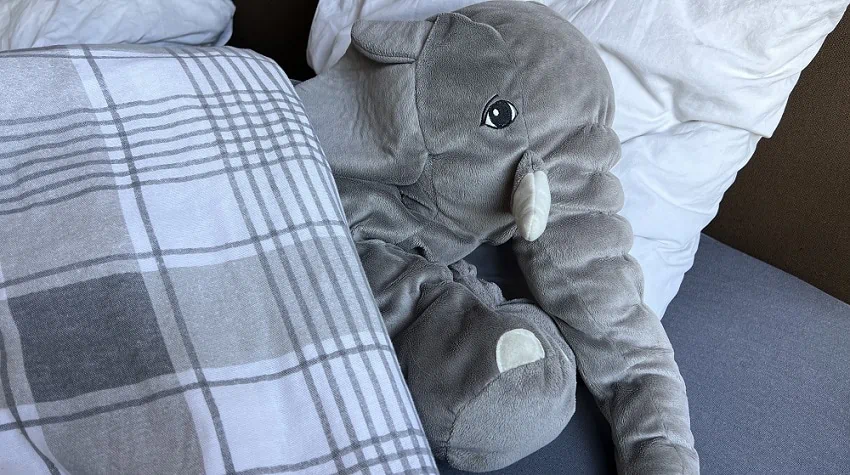
First of all, it is possible that you do not have the best bedtime for your child, so that he has already slept enough at an early time and wakes up as a result.
It is also possible that there is too much time between the afternoon nap and bedtime. Your child then becomes overtired, which increases the cortisol level, which in turn leads to poor sleep and waking up early. The same happens if your child goes to bed too late.
Isn’t this so? Then there are other possible factors. For example, it may be too cold or too warm in the room or there is too much noise.
Light from the environment may also be disturbing. Use blackout curtains in your child’s room. The best outdoor lamp with motion sensor is no longer so much fun if the neighbor’s cat wakes up your child that way. 😜
In addition, waking up early is also a part of children. Almost all children naturally wake up between five and half past six, because that’s when they begin the last sleep cycle of the night.
Possible alternatives to sleep trainers
An alternative is a night light that turns on or off at a specific time by a timer switch.
An even better alternative is smart lighting. Then you arrange everything via an app. You can set the ideal color, choose the right time, a timer and it is even possible to arrange a color transition as an intermediate position: it is almost time, but not quite yet.
Keep in mind that an alternative is usually less successful. First of all, there is less to set. In addition, an alternative is less visual and less interactive than a sleep trainer, and that is precisely what makes it (more) fun for children to work with the sleep trainer.
The price tag
Most sleep trainers are between 30 and 40 euros, with occasional outliers up or down. The price of a sleep trainer depends on your personal wishes, and the age and preferences of your child.
A sleep trainer with a combination of visual changes, a night light and a sleep function with Bluetooth is more expensive than a sleep trainer with only basic functions.
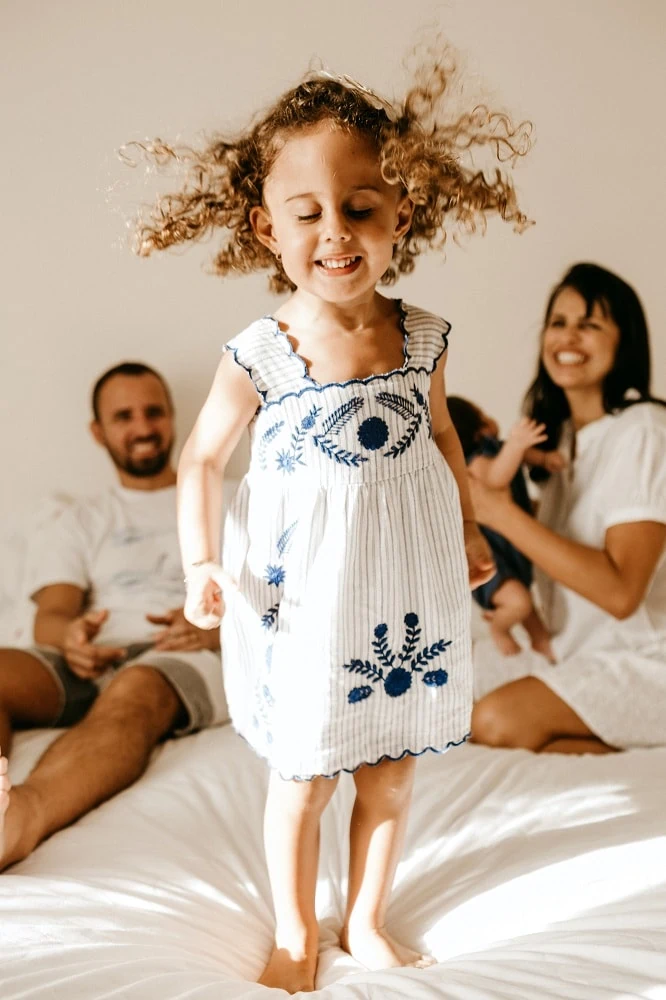
Recommend and review the 5 best baby sleep trainers in 2023
1. Sleepyy Kids Sleep Trainer – White Kids Alarm Clock
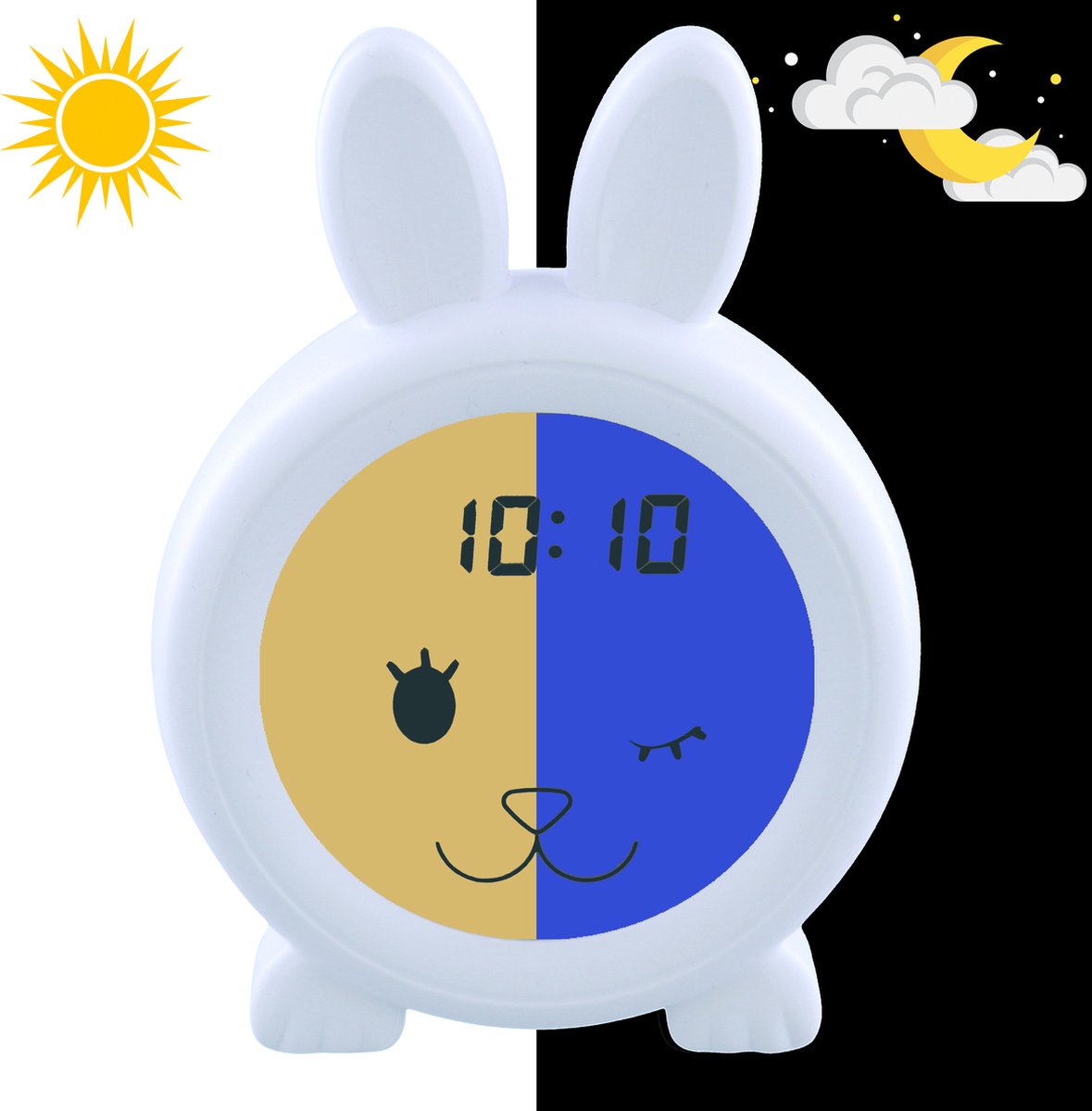
Including light source: Yes
Power supply type: USB
With dimming function: Yes
Energy consumption level: No energy label
IP value: No IP value
Beam angle: 180°
2. LunaVida Barry de Beer White sleep trainer
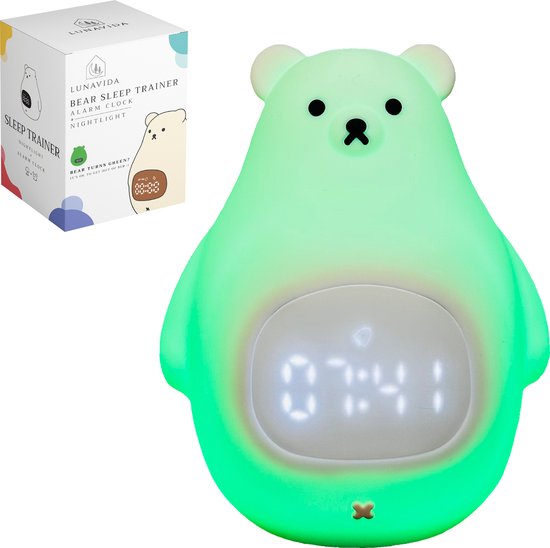
Including light source: Yes
Power supply type: Battery | USB | Mains power
With dimming function: Yes
Lumen per light point: 0 lm
IP value: No IP value
Beam angle: 360°
3. DAILY LOGIX Sleep trainer Children’s alarm clock Sleep alarm white
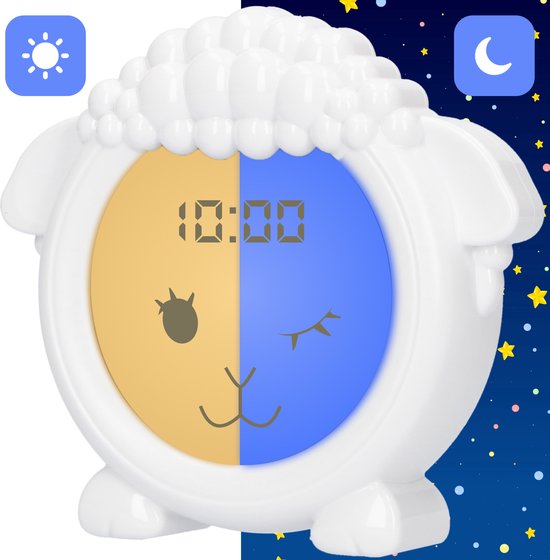
Including light source: No
Power supply type: USB
With dimming function: Yes
Energy consumption level: A+
Lumen per light point: 12 lm
Cord length: 2300 cm
IP value: No IP value
Beam angle: 180°
4. Zazu Sam Sleep Trainer – With Gray
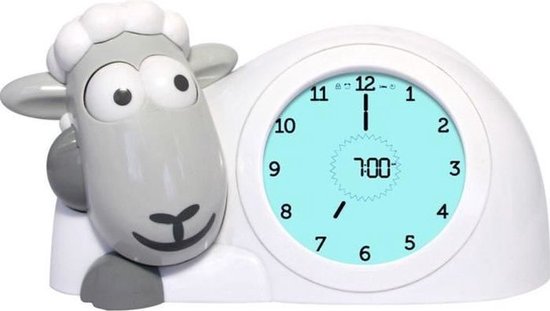
Including light source: Yes
Power supply type: Mains power
With dimming function: No
Energy consumption level: A+++
Lumen per light point: 15 lm
Cord length: 50 cm
IP rating: IP20
Beam angle: 180°
5. LunaVida Mika the Mouse Sleep Trainer white
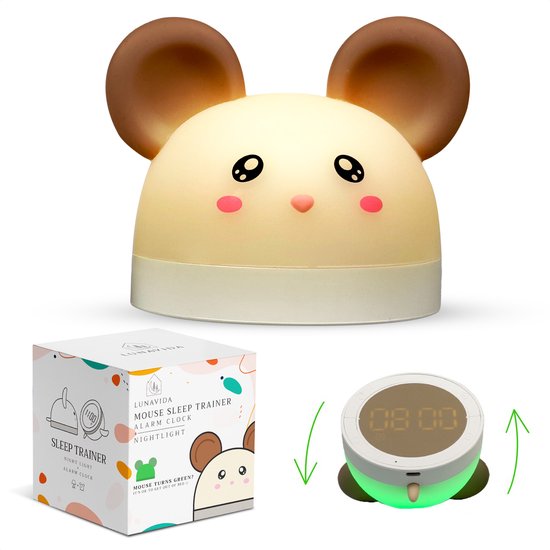
Including light source: Yes
Power supply type: Battery , USB , AC power
With dimming function: Yes
Energy consumption level: A++
Lumen per light point: 0 lm
IP value: No IP value
Beam angle: 360°
Frequently asked questions about sleep trainers
In the buying guide I will go through as much as possible with you, so that you will soon score the best sleep trainer. Do you still have a question despite all the information? Then hopefully it will be here. If not, let us know! 😄
👶 From what age do you use a sleep trainer?
Most children are able to make the necessary bandages from the age of two. It doesn’t hurt to try earlier, because every child develops at their own pace. Some 1-year-old children already know how to work with a sleep trainer and others only from the age of three.
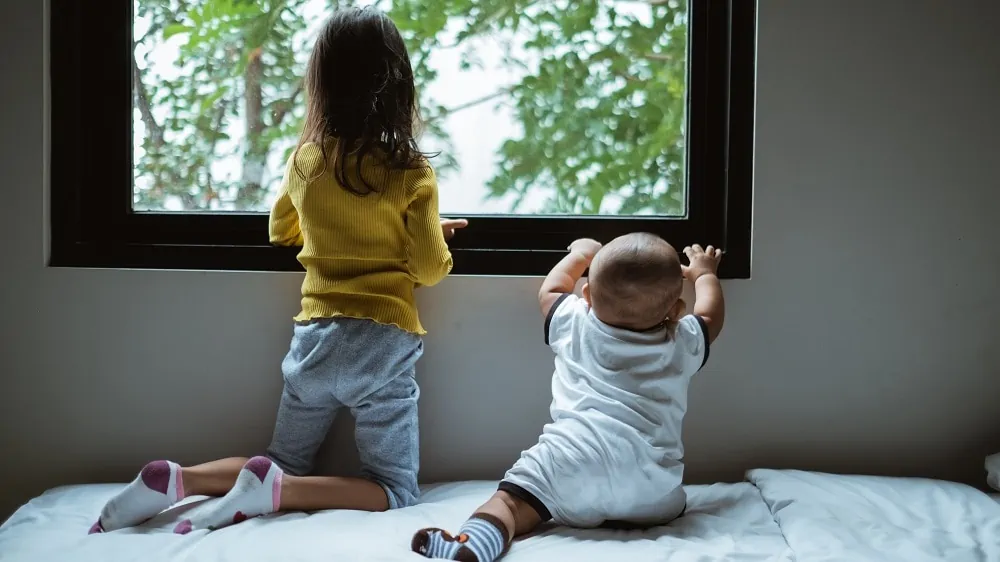
🦺 Is a sleep trainer safe?
A sleep trainer has been specially developed for use with young children. This has been taken into account for safety. A sleep trainer is safe to use, even if your little researcher gets his hands on it.
However, it is wise to prevent the sleep trainer from ending up in your little one’s hands, because he or she may change settings that way.
🆚 What is the difference between a sleep trainer and an alarm clock?
An alarm clock has the function to wake someone up and a sleep trainer to train someone to sleep late. Some sleep trainers do have a wake-up function, but there are no alarm clocks with a sleep training function. In addition, you should be able to watch the clock with an alarm clock and not with a sleep trainer.
🙋♀️ Are there also sleep trainers for adults?
Sleep trainers are officially made for kids because they don’t have a sense of time yet. However, it is possible to use a sleep trainer for adults who have difficulty with this and where the awareness of time decreases, such as elderly people with dementia.
In that case, a sleep trainer can help to maintain the sleep rhythm.
Which baby sleep trainer should I buy?
That’s entirely up to you and your budget; everyone is unique. What I do have for you is a handy table with – in my opinion – the most important specifications of the best sleep trainer. This is how you make the best choice!
| Including light source | Power supply type | With dimming function | Energy consumption level | Lumens per light point | Cord length | ||
|---|---|---|---|---|---|---|---|
| 1 | Sleepyy Children’s sleep trainer White alarm clock | Yes | USB | Yes | No energy label | ||
| 2 | LunaVida Barry de Beer Sleep trainer white | Yes | Battery | USB | Mains power | Yes | No energy label | 0lm | |
| 3 | DAILY LOGIX Sleep trainer Children’s alarm clock Sleep alarm white | No | USB | Yes | A+ | 12lm | 2300cm |
| 4 | Zazu Sam Sleep Trainer – With gray | Yes | Mains power | No | A+++ | 15lm | 50cm |
| 5 | LunaVida Mika the Mouse Sleep Trainer white | Yes | Battery, USB, Mains power | Yes | A++ | 0lm | 50cm |
Conclusion
Which sleep trainer do you choose? A sheep with active eyes and a luminous belly or a round clock with all the colors of the rainbow? And is it in the top five above?
In any case, I hope that the buying guide and top five in this article take you one step closer to lazing longer in bed. Thank you for reading. 😊